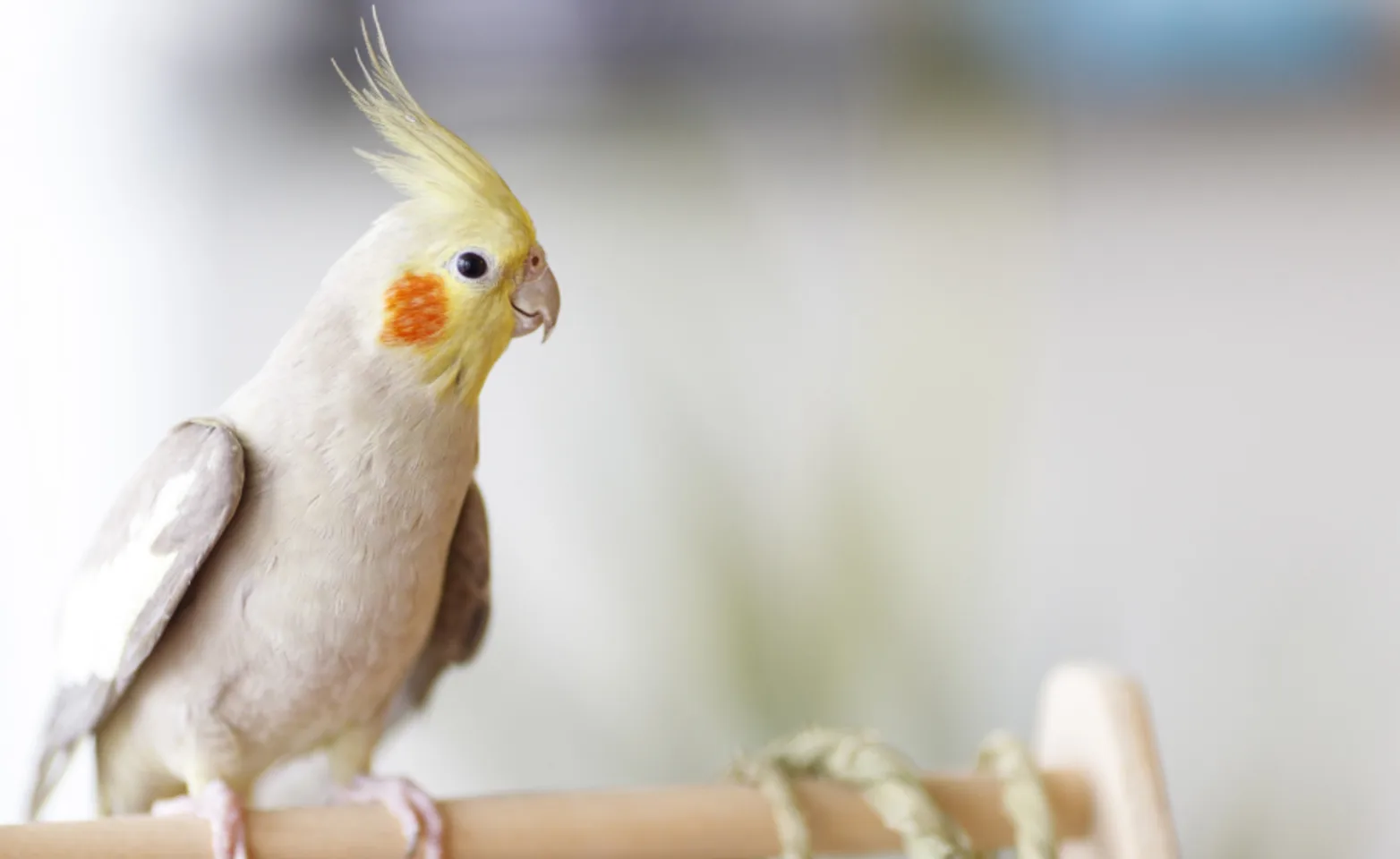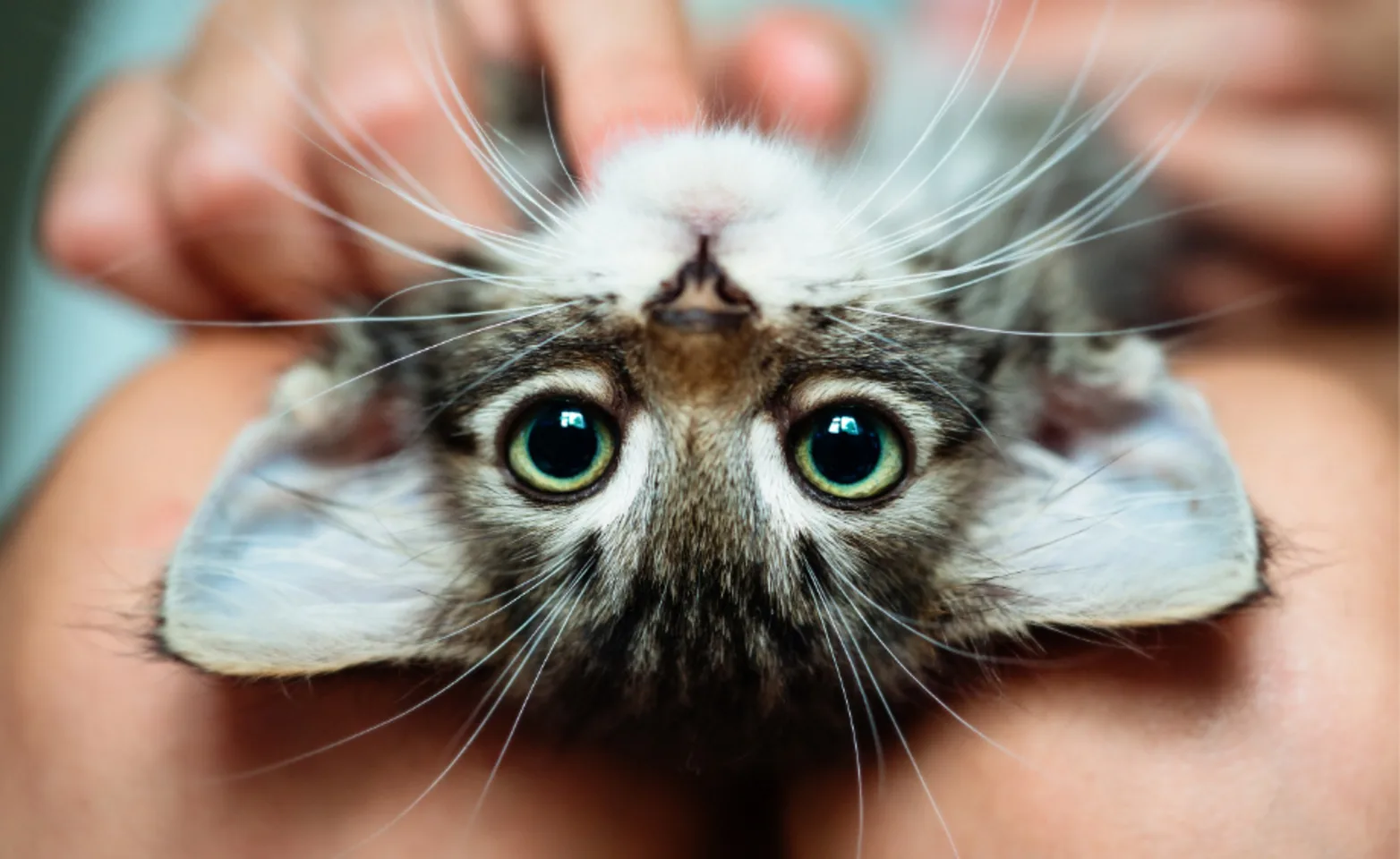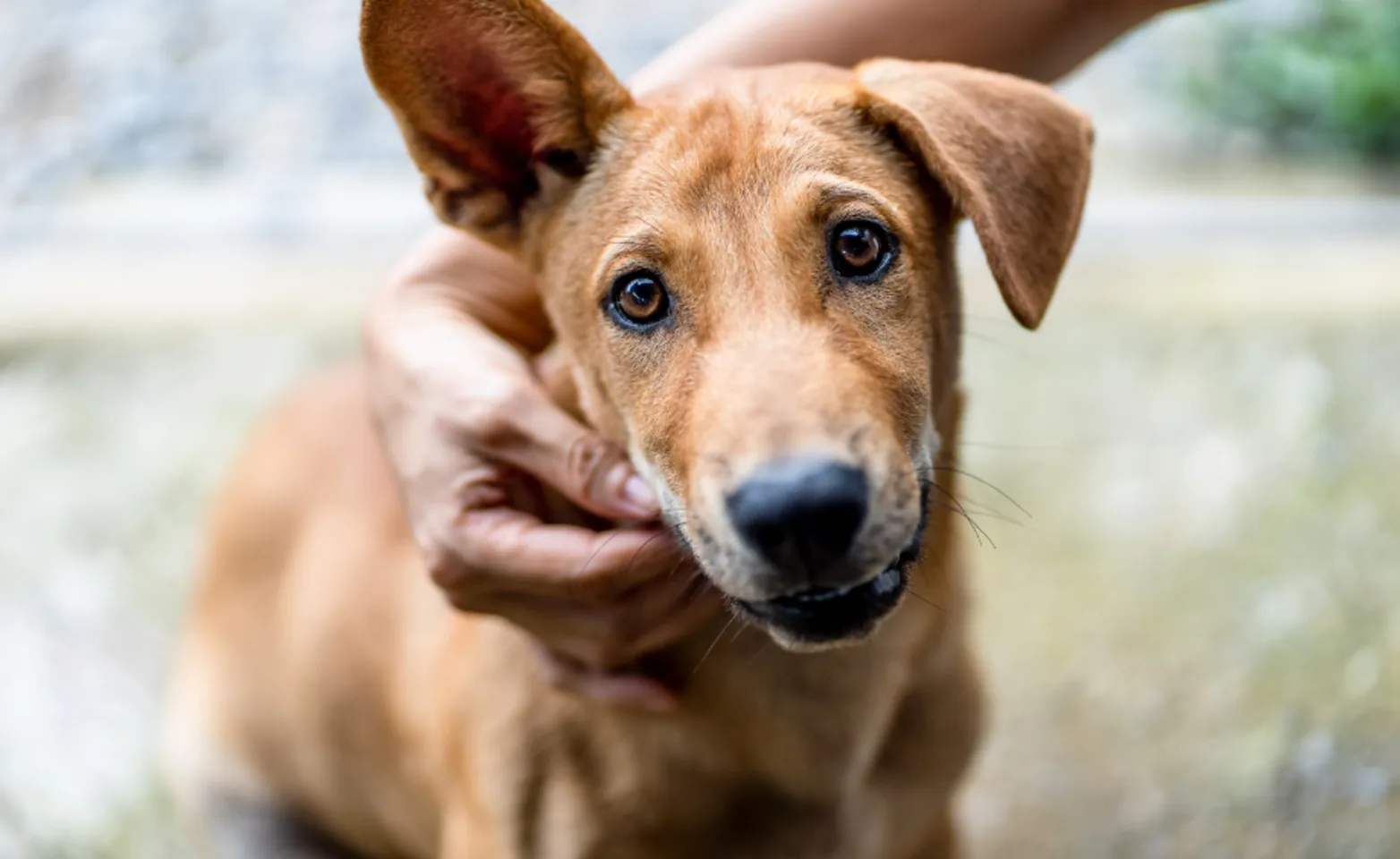Veterinary Vision Animal Eye Specialists

Pannus Background
The most prevalent form of pannus affects the cornea; the precise medical term is “chronic superficial keratitis.” Pannus is the result of a local inflammatory response initiated by the body’s own immune system. It begins within the conjunctiva, the pink tissue surrounding the eye and inner eyelids. With time, this inflammation extends onto the clear surface of the eye (the cornea), and can eventually result in enough cloudiness to cause loss of vision. On a cellular level, the inflammation is composed of brown melanin pigment, red blood vessels, and grey/pink scar tissue. Sometimes white crystals (cholesterol and calcium) will deposit in the cornea as well.
Contributing Factors
Factors that contribute to the development of Pannus include heredity and ultraviolet light exposure. The German Shepherd Dog is highly predisposed, which indicates the condition is probably inherited. The Greyhound and other Shepherd breeds including the Belgian Tervuran are also affected more than the average population. Animals living in hot climates, at higher elevations, or near water have additional UV exposure, resulting in an increased incidence of Pannus, which may also be more difficult to control in these areas. The influence of elevation is minimal in the San Francisco Bay Area; however, limiting sunlight exposure may help slow progression of the disease. Some people have had some success in getting their dogs to wear protective visors or goggles when out of doors (only supervised use is recommended).

Pannus Treatment
The mainstay of treatment for Pannus is the routine application of topical anti-inflammatory medications, including steroids, cyclosporine, and/or tacrolimus. These drugs suppress the immune system locally to the eye. Treatment is initially aimed at reversing as much of the corneal changes as possible. Improvement from initial diagnosis is often dramatic, but rarely complete. Then, a long-term maintenance regimen is continued aimed at maintaining control of the condition and best possible vision for your pet’s lifetime. It is important to realize that the condition can be controlled, but cannot be cured. Systemic side effects are rare since the medication is used only in the eye and is minimally absorbed into the circulation. Close monitoring and regular ophthalmic exams are important to maintaining control of Pannus since medication regimens often need to be altered over time.

Background
Dry Eye is diagnosed at your pet’s eye exam using a Schirmer Tear Test. Dry Eye is most often an inherited immune-mediated condition in adult dogs, meaning that the dog’s own immune system acts to inflame the glands so that they work poorly. Other potential causes include: a drug reaction (sulfa antibiotics, etodolac), birth defect, other illnesses (diabetes, hypothyroidism), nerve damage, and herpesvirus infection (cats). Consequences of untreated or poorly medication-responsive Dry Eye include persistent thick discharge, bacterial conjunctivitis, ocular discomfort, inflamed eyelids, corneal ulcerations, poor corneal healing, and progressive vision loss. The condition usually affects both eyes, is chronic, and requires management for the duration of the dog’s life.
Medical Treatment
Fortunately, most animals respond well to medical therapy designed to stimulate the tear gland to produce more of its own natural tears. Cyclosporine and tacrolimus are the medication used most commonly today for this purpose. They are usually administered twice daily, often in combination with other medications aimed directly at the symptoms. Removal of discharge from the eyes is also very important as it can serve as a medium for bacterial growth. An eye wash is recommended to irrigate the surface of the eyes, and is available over the counter. Do not use water or wipe the eyes with a tissue to remove the discharge. Simple lubrication of the eyes with tear replacements is important for patients when they have very low tear production values. Medications must be applied on a regular schedule to prevent progression of the symptoms and potential vision loss. It is important to recognize that this condition can be controlled, but not cured. Do NOT stop medicating when your pet’s symptoms improve! You may continue to refill the medications until your pet is due for the next recommended re-examination. If your pet ever requires oral antibiotics for other problems, sulfa medications should not be used as they can further decrease tear production.
Other forms of Dry Eye in dogs and those that do not respond to the above treatment may receive alternative medical treatments, which will be discussed in more detail by your veterinary ophthalmologist as needed. Cats with Dry Eye are typically treated much differently. Since their condition is typically less severe and commonly associated with a herpesvirus infection outbreak, medications are typically aimed at the underlying problem and lubrication.

Surgical Treatment
Surgery may be necessary in rare cases where the tear glands are unable to respond to medication. This is much less common nowadays since most dogs respond to modern medications for Dry Eye. The surgical procedure involves moving a salivary gland duct from the mouth to the eye (parotid duct transposition) to provide a constant source of moisture to the eye. The procedure is very successful in keeping the eye moist, but it does not entirely eliminate the need for continued medication. After surgery, the operated eye appears to “tear” while the dog is eating because of stimulation to the salivary gland and it may be necessary to clean and dry the face after mealtime. The most common candidate for this procedure is a puppy born with non-functioning or absent tear glands and so face a lifetime of severe Dry Eye symptoms, pain, and vision loss otherwise.
